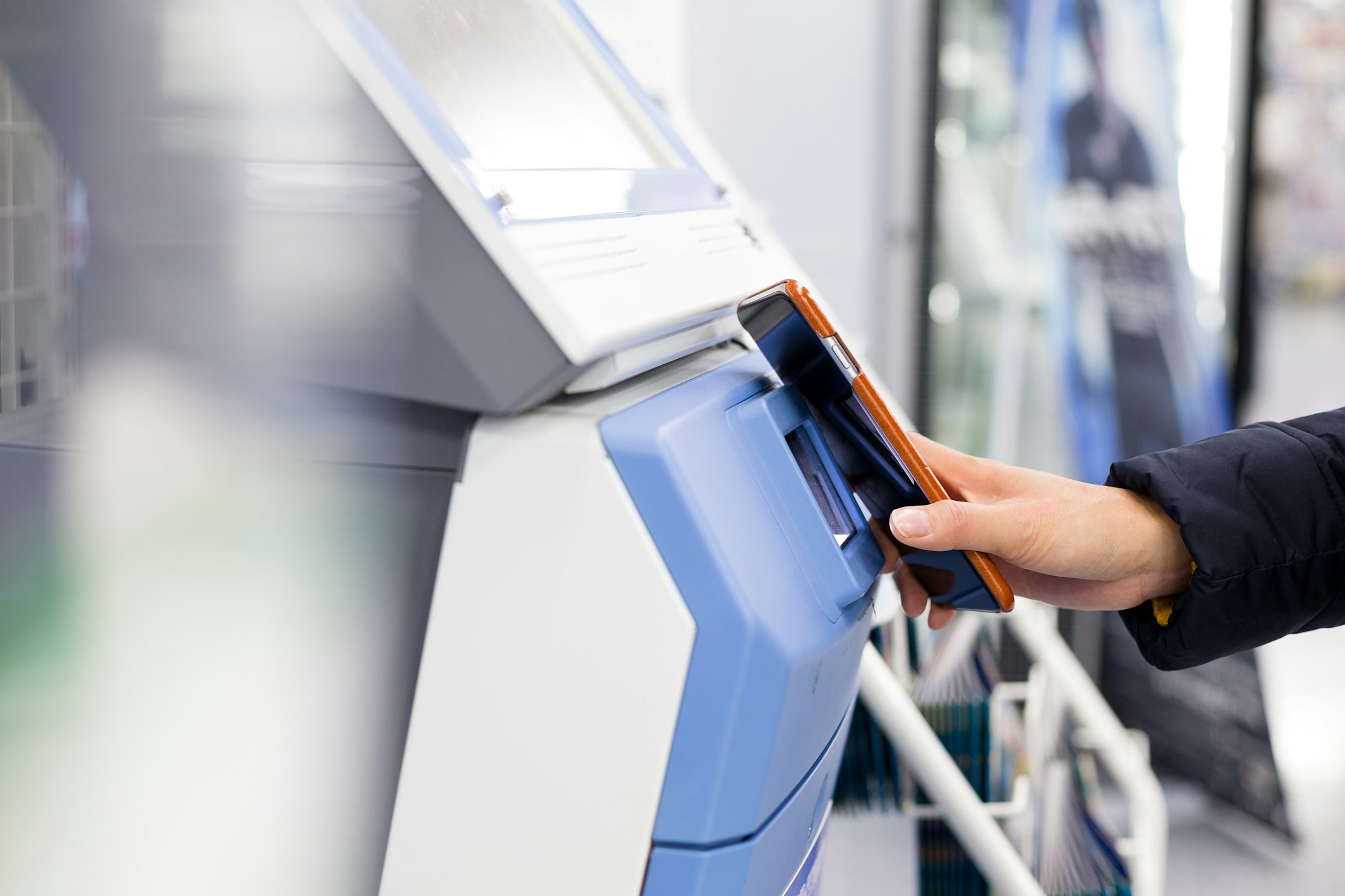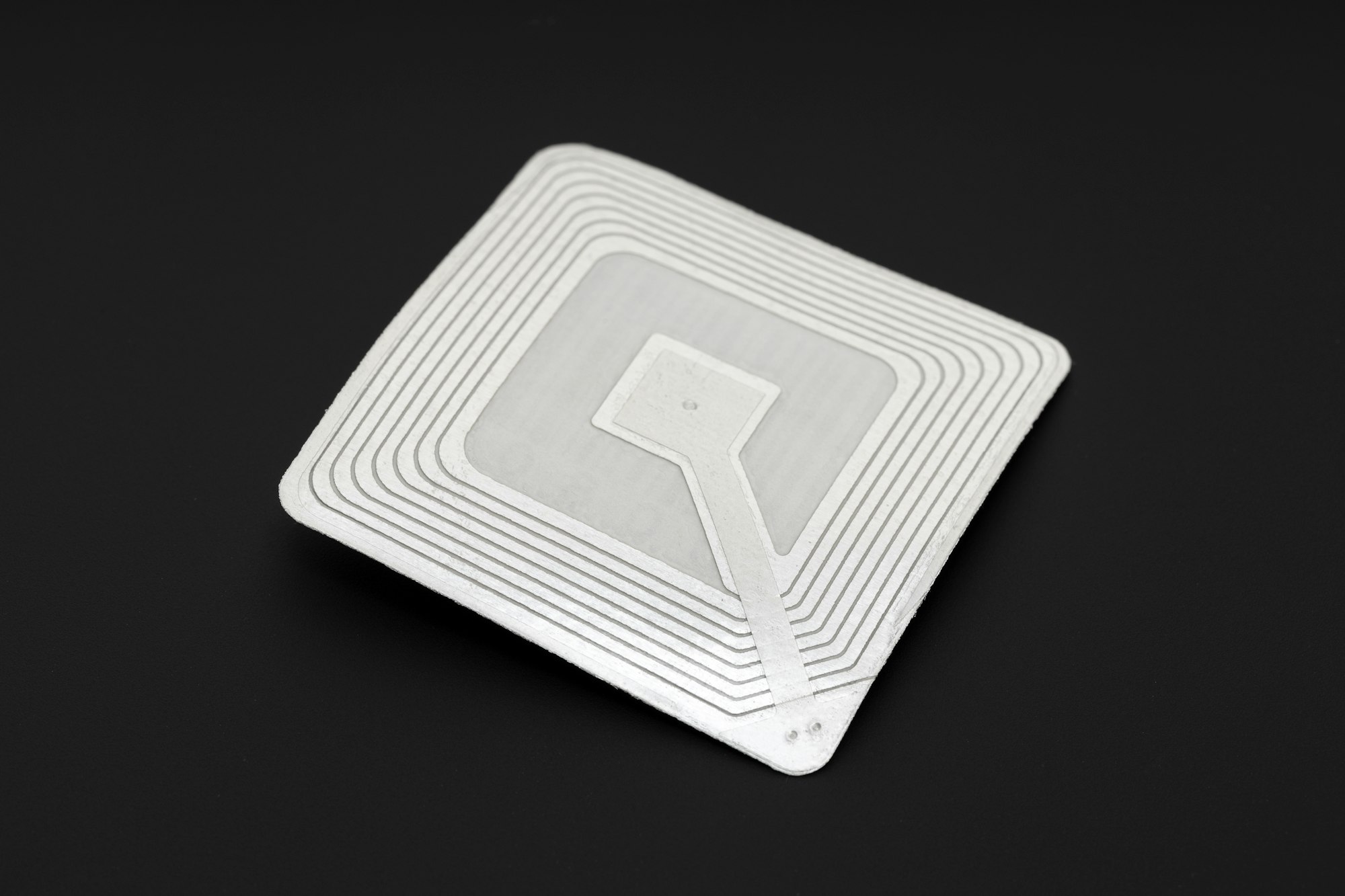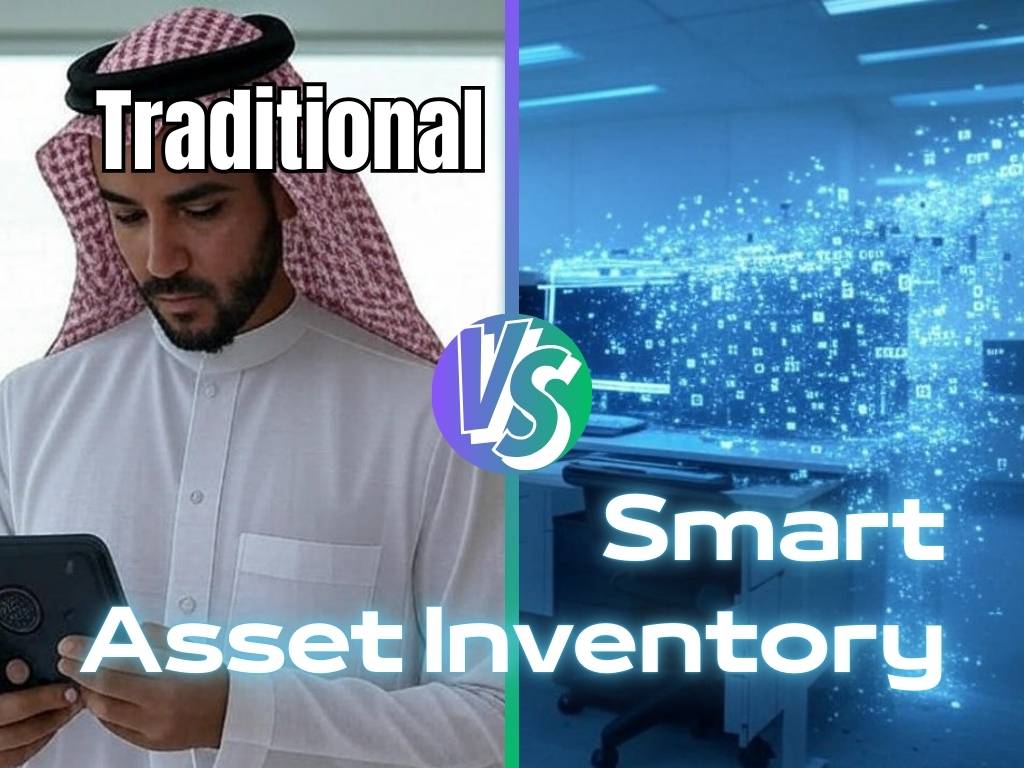How to Hunt Your Man? Ever thought about ways to stalk and track your man? I bet it has occurred to you once or twice. With all this technological advances, still they haven’t come up with one piece of technology to help women dig into the hearts of their men and see who resides there beside them. In fact, the closest thing to that would be the RFID technology. Hurry up ladies, roll up your sleeves and let’s get to the bottom of this. Let’s hunt our men!
The Evolution of RFID: From Radar to Modern Applications
RFID is a technology that identifies objects via radio waves. Typically, a reader communicates with a microchip (tag) embedded onto an item which beholds digital information. RFID’s history can be originated back to the beginnings of the invention of radio, it came to life simultaneously when radio technology was used to passively identify objects.
The first experiments with radio were conducted by Robert Watson Watt when he invented radar. This system used one transmitter receiver which beamed a high power signal, and the aircraft passively transmitted a small amount of the radio energy back which was captured by the receiver in the radar system. Radar could only identify the presence of an object, but couldn’t provide any details about it, aside from its size. It was essential to identify an aircraft to check whether it was “Friend or Foe.” It was especially used in World War 2. Thus, Watson-Watt named the system as IFF: Identification Friend or Foe. A transponder was placed on each plane and when examined by a ground station, it responded with a code to identify it. This is actually the basis of an RFID system.
In 1946 Léon Theremin created an espionage tool for the Soviet Union which retransmitted incident radio waves with audio information. Even though this device was a mere passive listening device, not an identification tag, it has been considered as a antecedent to RFID technology. In fact, the technology has been around since the early 1920s.
Harry Stockman has written a very well known RFID paper under the name of “Communication by Means of Reflected Power” in 1948. Stockman predicted that further research & development is needed to develop more useful applications in the future.
The Evolution of RFID and NFC: A Timeline of Key Developments
In 1973 Mario Cardullo was the first person to patent a RFID tag with the ability to have specific information written on it (memory). Charles Walton, known as the father of radio frequency identification was credited his first patent holder associated with the acronym “RFID” in 1983 among many other patents in all sorts of RFID-related devices. He also got a patent for an RFID pass card that enables access to a locked door with the swipe of a “key card”. In these cases the card must have the unique ID number embedded on it in order to open a certain door. In the early 1980s some locked warehouse companies’ vehicles were given RFID emitters to grant them access to secure locations.
It was the way RFID was applied that influenced the invention of NFC or near-field communication. Now, fast forwarding to the beginning of the millennium, Sony and a company called NXP Semiconductors created the new NFC technology back in 2002. This technology was initially inspired by RFID. By 2004, many major cellular telephone companies had committed to the idea of integrating near field communication and many of those had already begun integrating it in production. In 2003 Walmart made an announcement that it will require RFID to be used by its supplying companies by the year 2006. In 2006, the specifications for several “receiving” devices such as NFC Tags, Smart posters, smart tags were set and many of these ideas began to circulate to many companies for integration. These technologies enabled the user to collect videos, music, photos, product information etc just by moving their phone by the receiving or sending device. That very same year the Nokia 6131 was the first phone produced and sold to integrate NFC chips to enable them to use and to be compatible with NFC smart points.

In 2009 P2P or Peer to peer applications were integrated with the NFC technology which enabled its users to send pictures, music and movies to other NFC enabled phones using blue tooth or other NFC connections. The first “Android” operating phone to integrate NFC technology was announced and manufactured by Samsung and was called the Nexus S.
For decades following this invention scientists and scholars have been studying the possibilities of further utilizing this technology. The ability to specifically identify objects remotely could come in handy in all sorts of fields.
RFID: A Game-Changer in Retail Security and Beyond
RFID technology has revolutionized retail security, significantly reducing shoplifting and enhancing loss prevention. By embedding RFID tags in products, retailers can easily detect items that are removed from the store without being paid for, triggering alarms and alerting store staff.
Beyond Retail:
While retail security is a prominent application, RFID technology has expanded into numerous other industries and areas of our daily lives. Some notable examples include:
- Supply Chain Management: RFID tags provide real-time visibility into product movement, improving supply chain efficiency and reducing inventory losses.
- Access Control: RFID-based access cards are widely used for building entry, time and attendance tracking, and secure area access.
- Payment Systems: Contactless payment systems often utilize RFID technology for quick and secure transactions.
- Healthcare: RFID tags can be used to track medical equipment, patient identification, and medication management.
- Animal Identification: RFID tags are used to identify and track animals, particularly in livestock and pet industries.
The Future of RFID:
As RFID technology continues to evolve, we can expect even more innovative applications and advancements. With ongoing research and development, RFID will likely play an increasingly important role in our daily lives, enhancing efficiency, security, and convenience across various sectors.
The future of efficiency is here. Embrace RFID for a brighter tomorrow.
Perhaps the most impressive use of RFID was in security tags in retail locations (first adopted by Wal-mart). This allowed store security teams around the world to be able to detect shoplifters much easier. People would think twice before stealing anything if they knew the alarm would go off. This way, shoplifters cannot safely take items outside a store unless the tags are either removed or turned off.
While RFID had focused on lower frequencies in the past where the technology was cheaper, the advantages of the UHF frequency spectrum started to emerge in the early 1990s. In 1999 a number of organizations set up the Auto-ID Center at the Massachusetts Institute of Technology.
There is no way to stop RFID now. It has already become a vital part of our everyday life in the form of tickets, labels, access control, and payments. Today, we useit even without noticing that we do. In fact, exciting times await those of us devoted to the pursuit of advancements in RFID especially when it comes to handling delicate matters like our men. Its impact is eulogized regularly in the media, as it is said to become even more ubiquitous.
As we build our future, let us keep in mind that, “Nothing great was ever achieved without enthusiasm” (Ralph Waldo Emerson). We have a great many developments to look forward to, history continues to teach us that




